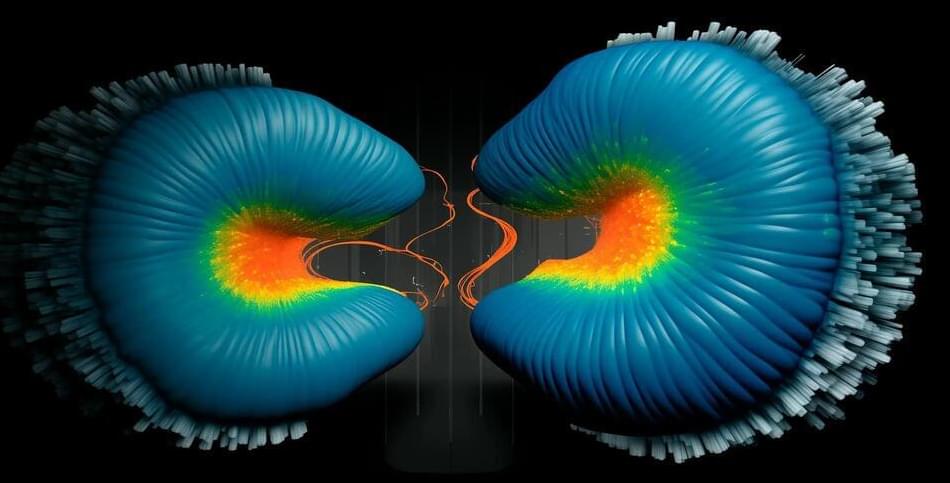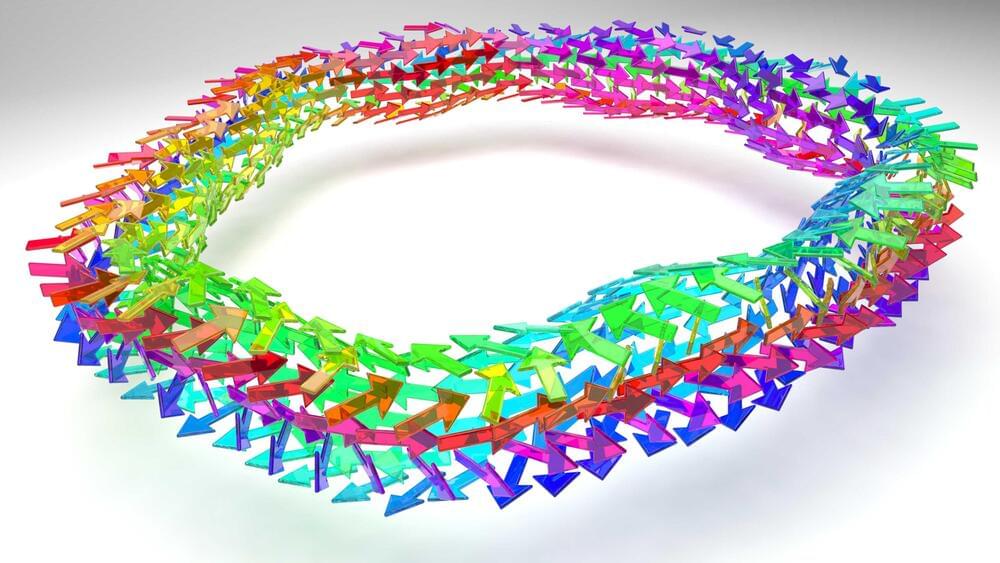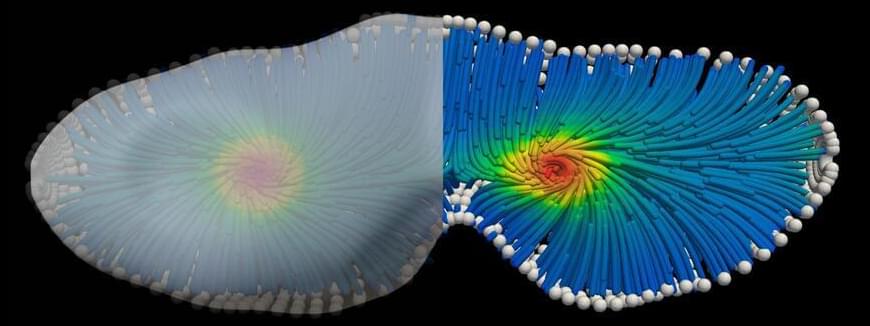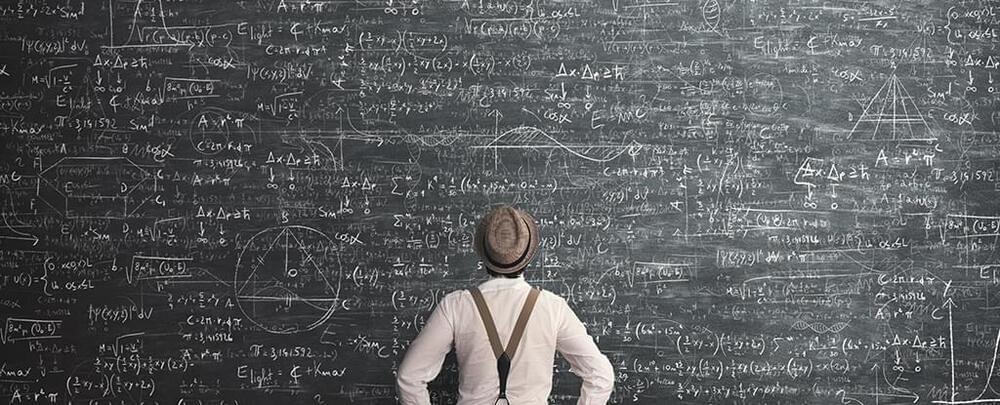Carlos Bravo-Prieto1,2,3, Ryan LaRose4, M. Cerezo1,5, Yigit Subasi6, Lukasz Cincio1, and Patrick J. Coles1
1Theoretical Division, Los Alamos National Laboratory, Los Alamos, NM 87,545, USA. 2 Barcelona Supercomputing Center, Barcelona, Spain. 3 Institut de Ciències del Cosmos, Universitat de Barcelona, Barcelona, Spain. 4 Department of Computational Mathematics, Science, and Engineering & Department of Physics and Astronomy, Michigan State University, East Lansing, MI 48,823, USA. 5 Center for Nonlinear Studies, Los Alamos National Laboratory, Los Alamos, NM, USA 6 Computer, Computational and Statistical Sciences Division, Los Alamos National Laboratory, Los Alamos, NM 87,545, USA
Get full text pdfRead on arXiv Vanity.







